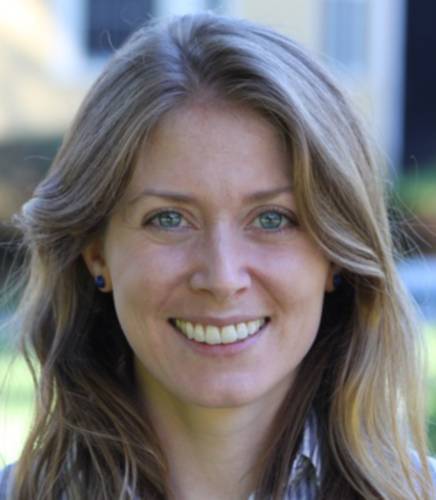All educators are familiar with educational standards, those guidelines that define what students should know and be able to do in different subjects and grade levels. Maintaining high expectations for all students is an important support for student achievement, and standards can be a useful common language for educators across states, districts, buildings, and grade levels to discuss student progress.
In most content areas, there are standards for practice or process. These different types of standards delineate what students should know and understand (content) and be able to demonstrate (practice/process). In math, for example, content standards include skills such as writing, telling time, and calculating area and volume, while the process standard around problem-solving encourages students to think like a mathematician by applying different strategies to solve a complex problem.
Math and Science Standards
The National Council of Teachers of Mathematics has five process standards:
Problem-solving: Students solve problems, apply and adapt strategies, and reflect on their process.
Reasoning and proof: Students make and investigate hypotheses, develop and evaluate their own and others’ arguments, and select appropriate types of reasoning and proof.
Communication: Students organize and communicate their mathematical thinking, listen to and evaluate others’ mathematical thinking, and express their thinking through the language of mathematics.
Connections: Students make connections, recognize how mathematical ideas are interrelated and spiraling, and identify math in the world around them.
Representation: Students solve problems, model ideas and data, and show their math thinking using appropriate mathematical representations.
The Next Generation Science Standards include eight science and engineering practices:
Asking questions and defining problems: Students ask questions to clarify problems and ideas and to identify constraints.
Developing and using models: Students use and construct models to represent ideas and explanations.
Planning and carrying out investigations: Students work collaboratively and individually to plan and carry out investigations.
Analyzing and interpreting data: Students use a range of tools to review, compare, and learn from data.
Using mathematics and computational thinking: Students represent physical variables and their relationships using mathematics and computational thinking.
Constructing explanations and designing solutions: Students communicate explanations and solutions based on their learning.
Engaging in argument from evidence: Students listen to, compare, and evaluate competing ideas and methods using argument and evidence.
Obtaining, evaluating, and communicating information: Students communicate their ideas and methods clearly and persuasively.
(Adapted from National Science Teaching Association, n.d.)
In both disciplines, process standards encompass the practices and habits of mind used by mathematicians and scientists. Process standards and content standards are closely linked, but the difference is significant. Content standards help students learn what mathematicians and scientists know, which might include understanding the relationship between energy and forces or learning Newton’s laws of motion. Process standards help students think and act like mathematicians and scientists, wondering: What connections can I make? What is the best way to approach this problem? What information can I learn from my collaborators? How can I communicate my solution to others?
SEL Standards in Math and Science
SEL skills and standards help budding mathematicians and scientists find success with content and process in math and science classrooms. For example, consider the process and practice standards around communication. Effective teaching of these standards would need to include social and emotional learning centered around expressing strong emotions and opinions effectively, selecting the best option for a suitable outcome, respecting and valuing diversity in others, and more.
While some students might be able to draw on past experiences or have an instinctive grasp of social and emotional skills, there are those who might need explicit instruction in order to demonstrate readiness with the skills. All students can benefit from direct instruction. Social and emotional vocabulary, experience, and skills create an important set of tools for young mathematicians and scientists to use as they strive to meet high expectations.

Emily Hemingway is editor in chief of CRS Publishing, where she works with a talented team of writers, editors, and designers to create practical SEL resources for educators. Prior to joining Center for Responsive Schools, Emily was a K–9 teacher and administrator.
